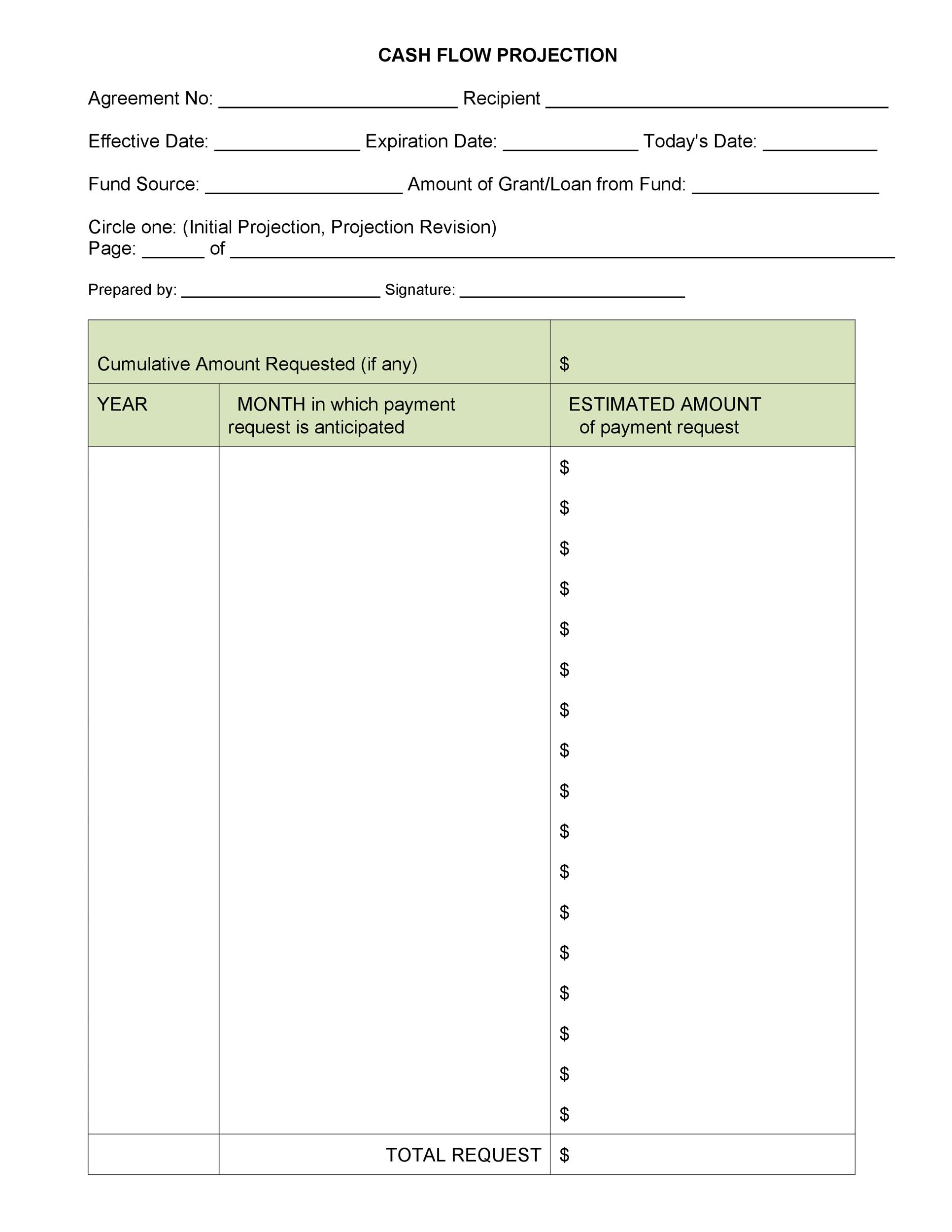Contents:


Each audit objective relates to one of management’s assertions. Exhibit 7-2 summarizes the relationship between management assertions and general audit objectives for a financial statement audit. Management assertions or financial statement assertions are the implicit or explicit assertions that the preparer of financial statements is making to its users.

The https://1investing.in/ of the auditors is to analyze the underlying facts to decide whether information provided by management is fairly presented. Auditors design audit tests to analyze information in order to determine whether management’s assertions are valid. To accomplish this, audit tests are created to address general audit objectives.
Presentation and disclosureOccurrence — the transactions and disclosures have actually occurred. Transactions and eventsOccurrence — the transactions recorded have actually taken place. The assertion is that the entity has the rights to the assets it owns and is obligated under its reported liabilities.
These assertions are relevant to auditors performing a financial statement audit in two ways. In developing that conclusion, the auditor evaluates whether audit evidence corroborates or contradicts financial statement assertions. Second, auditors are required to consider the risk of material misstatement through understanding the entity and its environment, including the entity’s internal control. Financial statement assertions provide a framework to assess the risk of material misstatement in each significant account balance or class of transactions. Management assertions are claims made by members of management regarding certain aspects of a business.
What are Management Assertions in Auditing?
The assertion is that all transactions have been recorded within the correct accounts in the general ledger. The assertion is that the full amounts of all transactions were recorded, without error. SQL Data Types What are SQL Data Types? The Structured Query Language comprises several different data types that allow it to store different types of information… IFRS developed ISA315, which includes categories and examples of assertions that may be used to test financial records.

net terms are characteristics that need to be tested to ensure that financial records and disclosures are correct and appropriate. If assertions are all met for relevant transactions or balances, financial statements are appropriately recorded. The concept is primarily used concerning auditing a company’s financial statements, where the auditors rely upon various assertions regarding the business. It is the third assertion type that can fall under both transaction-level assertions and account balance assertions. It relates to the presentation and disclosure of financial statements.
Transaction-Level Assertions in Auditing
Rights and Obligations — the entity legally controls rights to its assets and its liabilities faithfully represent its obligations. Rights and obligations. The assertion is that disclosed rights and obligations actually relate to the reporting entity.

The assertion is that all reported asset, liability, and equity balances have been fully reported. There are two aspects to material misstatement. Clearly, materiality plays a large role; however, how to measure what information is true and fair or misstated is crucially important. All assets, liabilities, and equity interests should have been recorded. All transactions and events should have been recorded.
Completeness
The concept is primarily used in regard to the audit of a company’s financial statements, where the auditors rely upon a variety of assertions regarding the business. The auditors test the validity of these assertions by conducting a number of audit tests. Management assertions fall into the following three classifications.
Cutoff — the transactions have been recorded in the correct accounting period. The assertion is that all asset, liability, and equity balances have been recorded at their proper valuations. The assertion is that all account balances exist for assets, liabilities, and equity. All disclosures that should have been included in the financial statements have been included.
Audit tests developed for an audit client are documented in an audit program. Accounts balances as of period endExistence — assets, liabilities and equity balances exist. If the auditor is unable to obtain a letter containing management assertions from the senior management of a client, the auditor is unlikely to proceed with audit activities.
Transactions and events have been recorded in the proper accounts. Rights and Obligations — the transactions and disclosures pertain to the entity. Classification — the transactions have been recorded in the appropriate caption.
Valuation and Allocation — balances that are included in the financial statements are appropriately valued and allocation adjustments are appropriately recorded. However, it is difficult to measure whether the statement is indeed true. Similarly, with financial statements, it is difficult to determine what financial information is free from material misstatement. Assertions are claims that establish whether or not financial statements are true and fairly represented in the process of auditing. Assertions are an important aspect of auditing.
- All transactions and events that have been recorded have occurred and pertain to the entity.
- The general audit objectives described in Exhibit 7-2 may be applied to any category of transaction and the related account balances.
- It is the third assertion type that can fall under both transaction-level assertions and account balance assertions.
- Classification — financial statements are clear and appropriately presented.
The assertion is that all business events to which the company was subjected were recorded. Disclosed events and transactions have occurred and pertain to the entity. Completeness — all balances that should have been recorded have been recorded. The assertion is that disclosed transactions have indeed occurred. The assertion is that all information disclosed is in the correct amounts, and which reflect their proper values. The assertion is that recorded business transactions actually took place.
Responsibility for operations, compliance, and financial reporting lies with management of the company. A company’s various reports are assumed to represent a set of management assertions. Management assertions are claims regarding the condition of the business organization in terms of its operations, financial results, and compliance with laws and regulations.
The assertion is that the information included in the financial statements has been appropriately presented and is clearly understandable. The assertion is that all transactions were recorded within the correct reporting period. Account balance assertions apply to the balance sheet items, such as assets, liabilities, and shareholders’ equity. The entity holds or controls the rights to assets, and liabilities are the entity’s obligations. Transactions and events have been recorded in the correct accounting period. All transactions and events that have been recorded have occurred and pertain to the entity.
Management assertions
Structured Query Language What is Structured Query Language ? Structured Query Language is a programming language used to interact with a database…. Transaction level assertions are made in relation to classes of transactions, such as revenues, expenses, dividend payments, etc. Financial and other information are disclosed fairly and at appropriate amounts. Financial information is appropriately presented and described, and disclosures are clearly expressed. Accuracy and Valuation — information is disclosed at the appropriate amounts.
